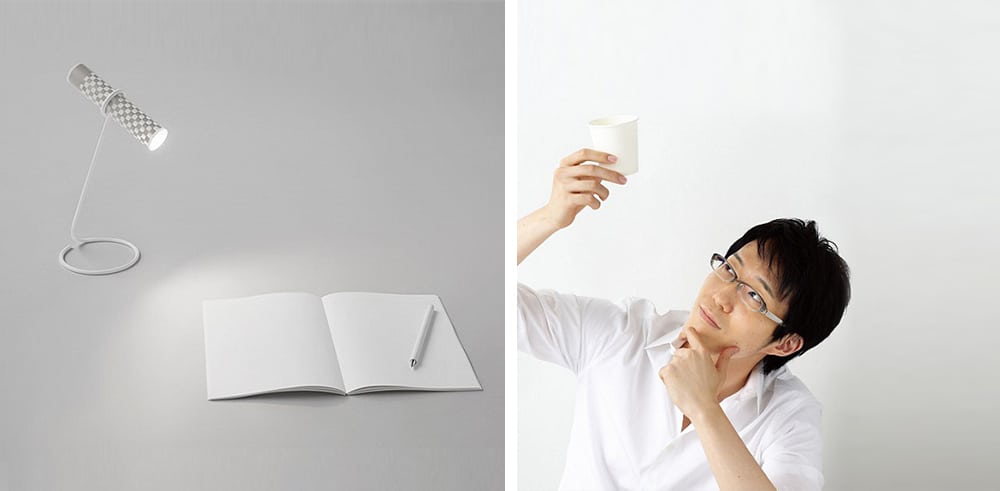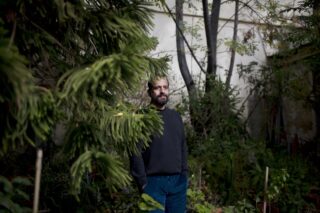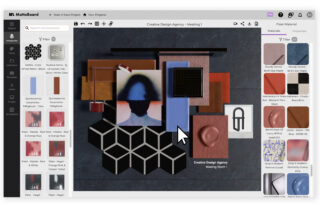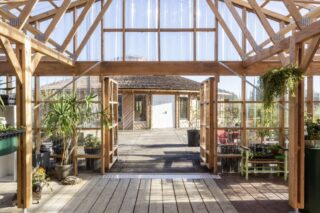While studying at Waseda University in Tokyo, Japanese architect Oki Sato visited Salone del Mobile in Milan for his graduate trip, where the works of fellow countryman Tokujin Yoshioka opened his eyes to opportunity and possibility. His passion was ignited by seeing Yoshioka’s work, as well as those of designers from other parts of the world who would approach design more freely than what he had seen in Japan.
At that time, Sato would never have imagined that his work would be showcased in institutions like New York’s Museum of Modern Art (MoMA), London’s Victoria and Albert Museum, the Art Institute of Chicago and Paris’ Musée des Arts Décoratifs and Centre Pompidou.
His celebrated Manga Chairs, exhibited in Milan two years ago are at the National Gallery of Victoria in Melbourne, Australia.
“My activity has not been restricted to any area. It is multifarious, spanning from graphic and product design to furniture, installations, windows and interiors,” he says, in an email interview with ArchiExpo e-Magazine. But the extensive versatility of Nendo—Sato’s company—does not change the fundamental essence of his work.
“Of course there will be a number of technical differences between designing the shape of a small piece of chocolate and a large interior space, but in both cases it will be living human beings that are somehow interacting with the designs. The goal of eliciting an emotional reaction within those people doesn’t change in the slightest.”
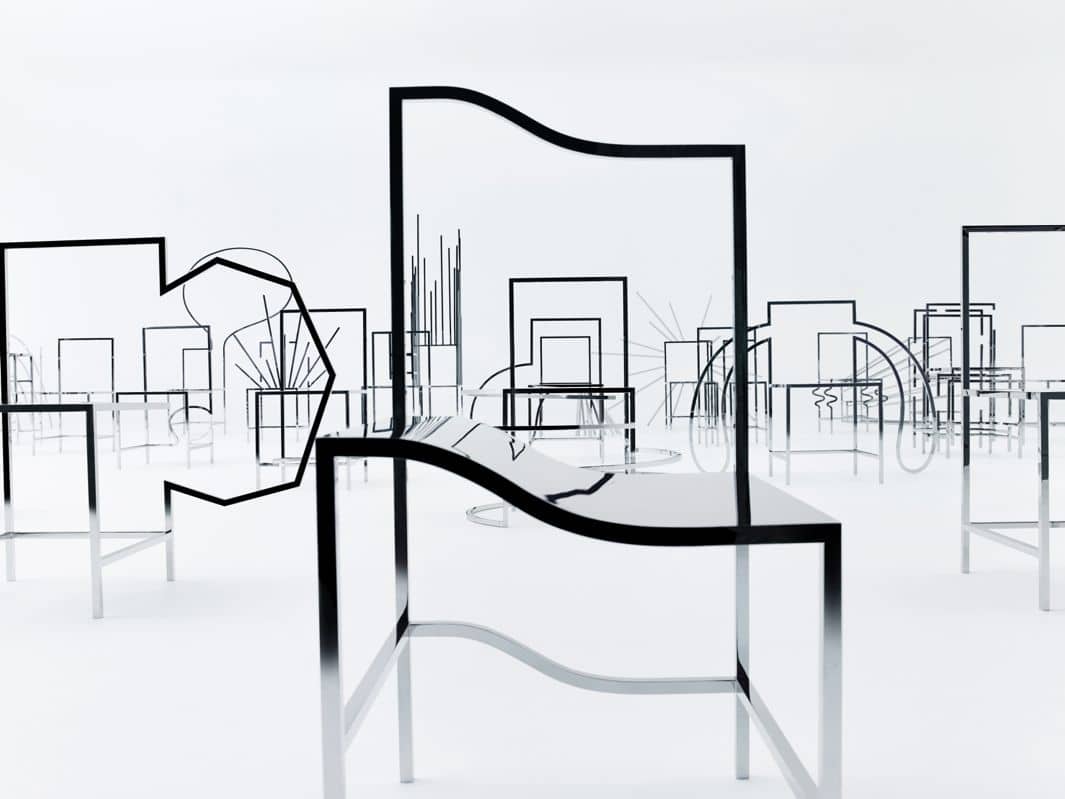
Conceptual chairs by Nendo inspired by Japanese manga. Learn more here. Photo credit: Kenichi Sonehara.
Distinguished as “designer of the year” by magazines like Wallpaper and Elle Decor, Sato, 40, was born in Toronto and lived there for ten years. In 2002, Sato became a Master in Architecture and founded Nendo along with four college associates in his parents’ garage.
“I spend my days constantly thinking about design. I’ve never really thought of it as ‘work’. It’s just part of my everyday life, like breathing or sleeping.”
Among the many recent Nendo collaborations are Japanese cosmetics brand Shiseido’s new headquarters, shoe brand Camper’s new flagship store in New York and a limited-edition of hand-cut chess pieces made of Harcourt crystals to celebrate the 250-year anniversary of iconic luxury brand Baccarat. As for architecture, Nendo worked on completely refurbishing Siam Discovery, the Bangkok department store. Sato and his team also designed the Tenri Station Plaza CoFuFun in Japan.
Sato does not believe in great differences between catering to the Japanese or Western markets.
“We are not too concerned with whether our clients are Japanese or Western. After many years, we have developed ‘the Nendo way’, that doesn’t refer to any specific visual style or signature look, but rather the way we approach challenges and find solutions.
The company has a management staff performing administrative functions and around thirty design and/or architecture professionals, not all of the Japanese. Whenever Nendo takes on bigger projects in interior design, it works in collaboration with Japanese architecture firm Ondo, which is located in the same building and shares some of Sato’s company space.
Nendo is now practically a nickname for Sato himself, which makes sense as he provides the guidelines for all projects and supervises everything. The office’s interior has a simple, clean-yet-elegant design. In Sato’s room, there is no sign of computers or any electronic devices, just a table and seating. The almost monastic environment is only alleviated by the presence of Kinako, Sato’s dog, a Chihuahua-pug crossbreed. Sato was not in Japan when ArchiExpo e-Magazine visited the Nendo offices, but the mark of his work could be seen everywhere.
The company headquarters occupies part of Sogetsu Kaikan, a building conceived by Japanese architect Kenzo Tange over 50 years ago which nonetheless appears impressively modern. The charming Connel Coffee café on the second floor was designed by Sato’s team. In front of the building is the Akasaka Imperial property, a huge garden that belongs to the Japanese Imperial family, providing the office with stunning, luxurious views of Tokyo.
Not bad for a promising small-garage-founded company created almost 16 years ago.

The “paper-torch” is an electronic sheet of paper that can be rolled up into a torch. Nendo used AgIC’s [now Elephantec] flexible circuits in collaboration with TAKEO, a Japanese paper manufacturer, with button cells and LEDs fixed with conductive adhesive. The user can control the light intensity by the degree of tightness with which the paper is rolled. The color of the light (warm orange or cold white) can be varied depending how the paper has been manipulated. The device can also be hung as a pendant or used as a desk lamp. Photo credit: Akihiro Yoshida.
